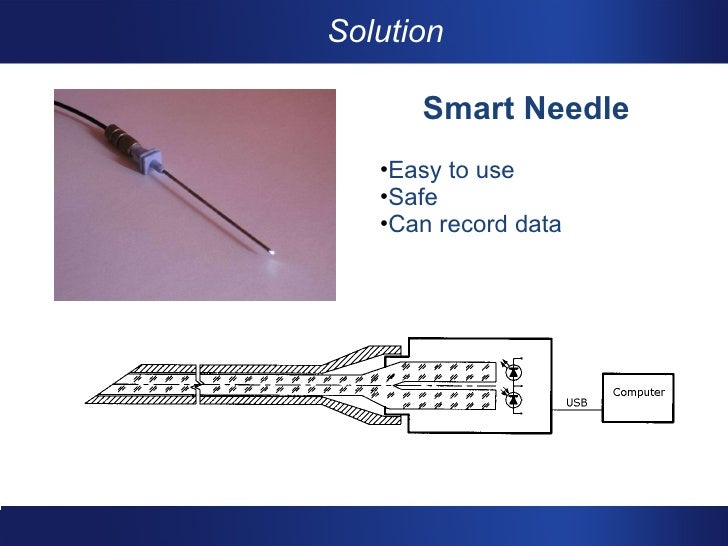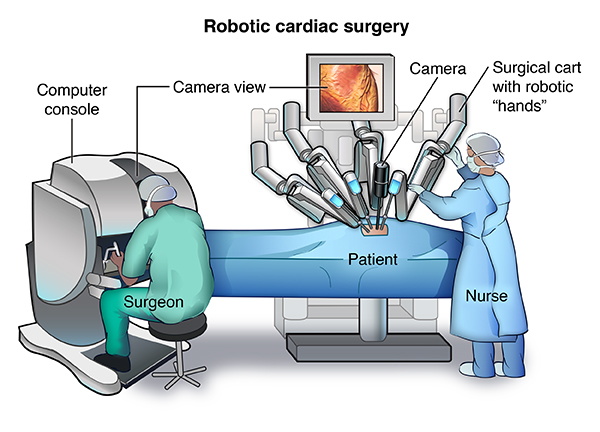Hospital Section
Operation Room
Technologies in an operation room
Perfint Healthcare created Maxio, a robotic guidance system that helps doctors make diagnoses of cancer, location of pain and even surgeries. You can do things in their place, where you can find a tumor with a precision that even a human doctor can. The robots have been distributed in about 1500 hospitals around the world so far.

Researchers at Washington University School of Medicine in St. Louis created high-tech glasses that surgeons can use during surgery to detect cancer cells. With the use of a specially mounted video screen, the glasses can see how the cancer cells are ignited after a molecular agent is injected into the patient.

Precision Brain Biopsy Needles

One of the most delicate biopsy procedures has always been the brain biopsy. Without extreme caution, a biopsy of brain tissue can cause disastrous complications. New so-called "smart needles," however, are making this procedure much safer for patients and much easier for surgeons. These needles incorporate imaging technology that allows surgeons to directly see blood vessels and other tissue. When combined with software that is capable of recognizing blood vessels, these needles can substantially reduce the risk of accidental vessel damage during a brain biopsy. Similar technologies have been created to reduce the risks associated with other internal procedures.
Surgical Robots

One of the most exciting breakthroughs of recent years has been the incorporation of robots into surgical procedures. Beginning with the Da Vinci surgical robot, more and more operating rooms have begun to use robotic systems to execute delicate surgeries. These robots are still controlled by human surgeons, but thanks to their greater degree of stability and ability to work in very small spaces, the robots can perform operations with a higher degree of precision than human hands are capable of achieving. Fully automated surgical robots for simple tasks like suturing incisions have also begun to make their way into the surgical theater. Many even believe that fully-robotic surgeries may one day be possible, albeit under human supervision.
Virtual reality
For
the first time in the history of medicine, in April 2016 Shafi Ahmed
cancer surgeon performed an
operation using a virtual reality camera at the Royal London hospital.
It is a
mind-blowingly huge step for surgery. Everyone could participate in the
operation in real time through the Medical Realities website and the VR
in OR app. No matter whether a promising medical student from Cape
Town, an interested journalist from Seattle or a worried relative,
everyone
could follow through two 360-degree cameras how the surgeon removed a
cancerous
tissue from the bowel of the patient.



Comments
Post a Comment